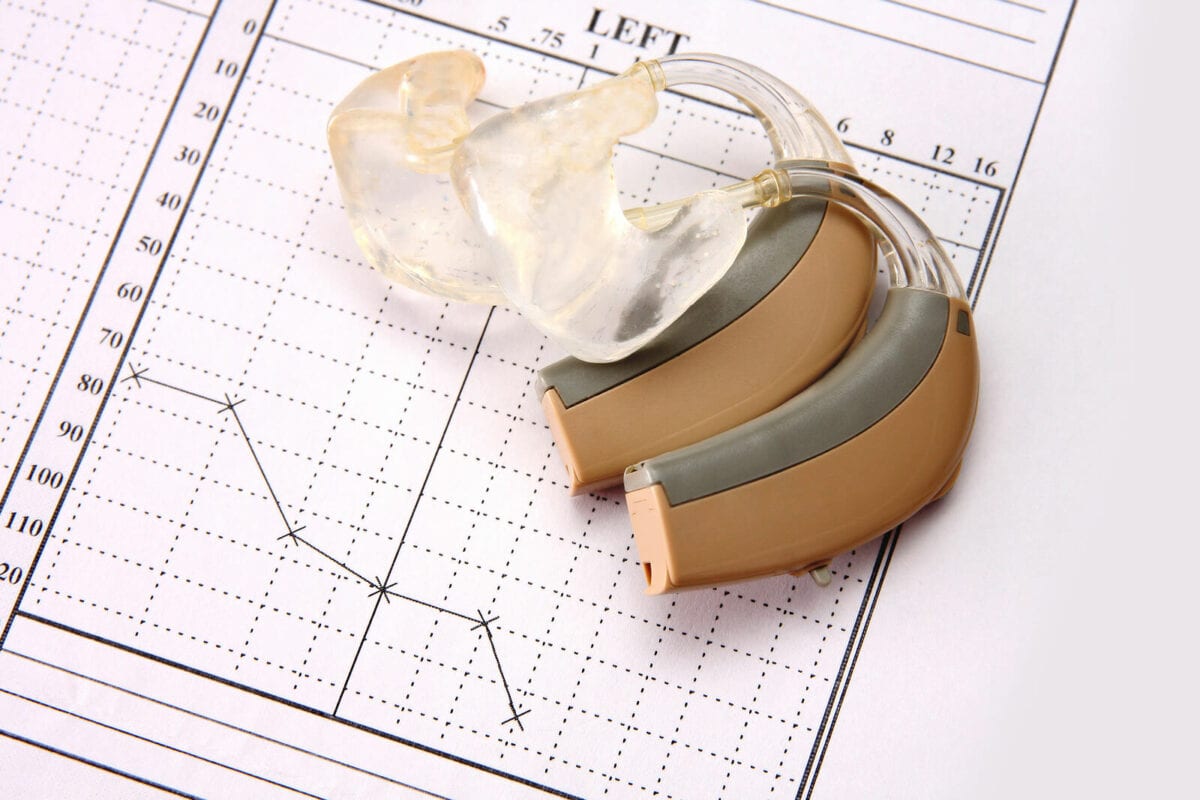
Types of Hearing Aids
When the time comes to choose hearing aids, the options are many. If you start looking online at the options, you can quickly find that your head is swimming with all the different styles. You might also be confused about which options are suited to your needs and which are not. Without knowing the different dynamics of hearing aids, you might feel overwhelmed, but the good news is that you don’t have to choose on your own.
In fact, our hearing health professionals are experts in the selection process. We can assess your specific hearing needs, your lifestyle, and your own interests before recommending a style of two that are right for you. When we make our recommendation, that might be enough for you, and you can simply go with our recommendation and enjoy your hearing aids going forward.
However, you might be curious about some of the benefits and weaknesses of hearing aids, as well. Let’s take a look at the two major types of hearing aids and think about some of the ways they can suit your needs.
In-The-Ear (ITE) Hearing Aids
With ITE hearing aids, all the components fit directly in the ear canal. The components come in a variety of sizes and styles, but what they have in common is that they completely fit in the ear canal. One of the benefits of ITE hearing aids is the ability to select a small aid that is inconspicuous. Some people would rather keep their hearing aids out of view, and the tiniest hearing aids, including Invisible-In-Canal (IIC) and Completely-In-Canal (CIC) hearing aids can be placed deeply in the ear canal where nobody will see them.
Although these aids are inconspicuous, they are also so small that they can be difficult to insert and remove for those who have dexterity issues such as arthritis. These hearing aids are a great option for their simplicity and style, as well. Some of these models have rechargeable batteries, while others have replaceable batteries instead. If you prefer one or the other, feel free to mention this consideration to our hearing health professionals.
Behind-The-Ear (BTE) Hearing Aids
The other main type of hearing aids, BTE models, come with two main components. One sits in the ear canal, much like ITE hearing aids. This component can be larger or smaller, depending on the specific style, but this piece includes the speaker that directs sound into your ear canal. This piece is connected to the other component with a wire protected by a plastic tube. The other main piece of these hearing aids is a unit that sits behind the ear, containing the microphone and amplifier. One of the benefits of BTE hearing aids can be sound quality.
With the components separated in this way, they can be somewhat larger than ITE hearing aids. These models come in many styles, and the piece that fits in the ear canal can be a variety of sizes, suiting them to those who have arthritis. Another benefit of BTE hearing aids is the modular capability to replace a piece that needs repair or replacement.
Choosing Your Hearing Aids
After your hearing evaluation, our hearing health professionals will pair you with the right hearing aids for your needs. We can give you some options, or we can simply give you our recommendation of the right aids for your needs. If you want to discuss one of these styles of hearing aid, we can discuss your specific interests and needs. Some of these might be suited to your hearing profile, while others might not.
Most importantly, be sure to mention your interests and priorities in our consultation. We will take all of your interests into consideration and use that baseline to find the right aids for you. If you haven’t yet scheduled your hearing test, the time is now to make your appointment. We will use your diagnostic exam to get started in the selection process. The test itself is easy, quick, and totally painless, so don’t hesitate to contact us and get started. The benefits of hearing aids that await you are only possible when you take that first step toward getting help with your hearing.
